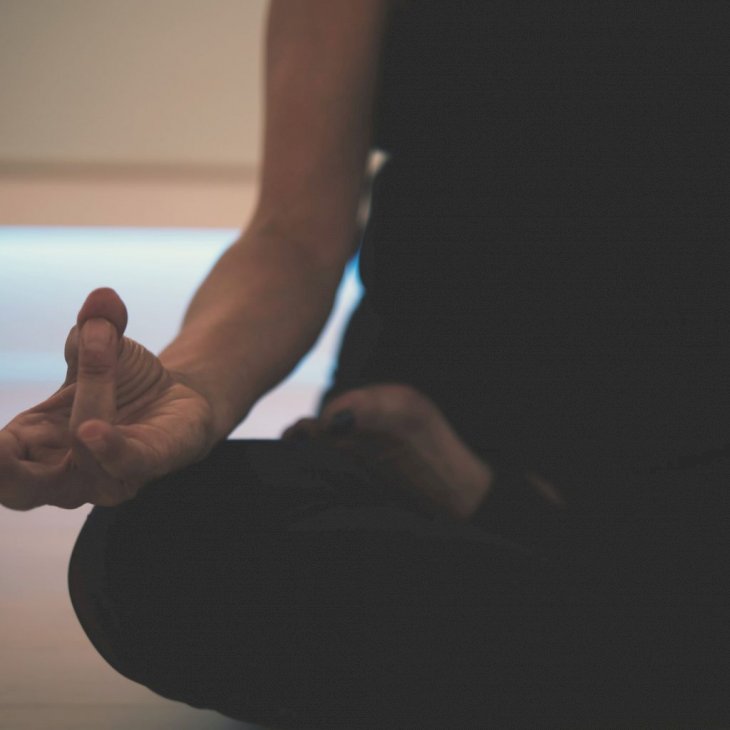
Unpacking the Benefits of Kundalini Meditation
Kundalini meditation helps you to ground yourself and relieve you from the stress of living on the "auto-pilot."
It's believed that its origins date back to approximately 1,000 BCE to 500 BCE. Kundalini in Sanskrit means "coiled," as it refers to a belief that each individual has the "divine energy" within, located t the basis of the spine. The practice of the Kundalini meditation is to awaken and release this energy.
Kundalini meditation is part of Kundalini yoga and, in a nutshell, means moving the energy that sits based on the spine throughout the body. The goal is to release the energy from the root chakra, travel through the other chakras, and reach the seventh energy center, the crown chakra.
Why Do People Practice Kundalini Meditation?

Photo by Casey Horner on Unsplash
When we release energy from the body, we develop a communication system between the body and the mind. The practice of kundalini meditation brings awareness to the bodies' movement, the connection between motion and breath, and paying attention to breathing.
The practice brings the individual to the present moment and can alleviate stress and calm down the mind from overthinking.
The Benefits

Photo by JD Mason on Unsplash
As we already mentioned, some of the main benefits of a kundalini mediation practice are mindfulness and bringing more awareness to your daily life and routine:
- You become more present with your emotions and feelings
- You might develop resilience
- You're in tune with the present moment
- It helps to reduce anxiety
- Create awareness of the body
- It improves sleep
- It helps to build up creative energy
Before You Practice…

Photo by Conscious Design on Unsplash
Kundalini meditation should be thought of as a technique, not as a creed, belief system, or even a religion. And just like any other practice -- such as yoga, meditation, and mindfulness --, it takes time to reap the benefits.

Photo by Max on Unsplash
So bear with your practice and don't expect to get instant results. Yogis have used this technique over centuries to clear your mind and balance the body's energy centers.
How Does it Work?

Photo by Jared Rice on Unsplash
- You can start by choosing a location, ideally quiet and free from any distractions.
- Choose a comfortable position -- you can either sit in a crossed leg position or on a chair.
- You may wish to determine how long you'll meditate. You can begin with 10 minutes and increase it over time.
- Close your eyes and start by paying attention to the natural cycle of your breath.
- To help with focusing on your breath or in the present moment, you can use a mantra as well.
- As you are practicing your breathing and chanting, your mind will eventually wander. That's fine; allow your mind to get back to the breath and mantra.
- Finish your meditation by pressing the palms of your hands together in front of your heart.